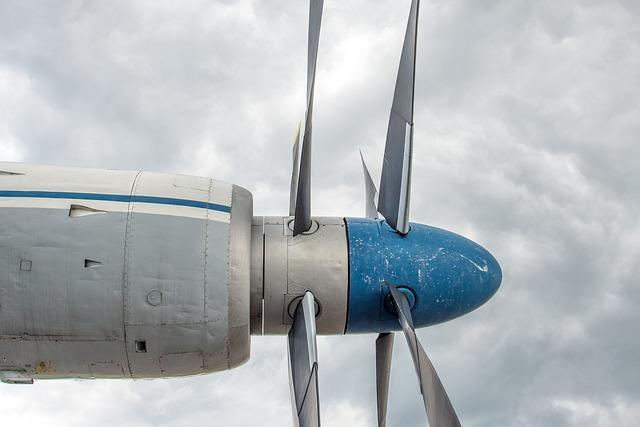Pakistan’s Aviation Industry: Economic Impact and Growth Prospects
The aviation industry in Pakistan has emerged as a crucial sector in the country’s economic landscape, contributing significantly to job creation, regional connectivity, and foreign exchange earnings. This article delves into the economic impact and growth prospects of Pakistan’s aviation industry, spotlighting key players, challenges, and future opportunities.
Overview of Pakistan’s Aviation Industry
Pakistan’s aviation sector encompasses commercial air transport, cargo services, and repair and maintenance services. The industry employs approximately 400,000 people and has experienced steady growth over the past decade. Major airlines such as Pakistan International Airlines (PIA), Airblue, and SereneAir play essential roles in domestic and international air travel.
Economic Impact
The economic influence of Pakistan’s aviation industry can be observed through various dimensions:
- Job Creation: The industry directly supports numerous jobs, from pilots and cabin crew to ground staff and airline management. Additionally, related sectors like tourism and hospitality benefit significantly.
- Foreign Exchange Earnings: Pakistan’s aviation industry contributes to foreign exchange by facilitating international travel and trade, thereby positively impacting the economy.
- Regional Connectivity: Enhanced air travel options improve regional connectivity, fostering trade and tourism between Pakistan and neighboring countries.
Growth Prospects
The future of Pakistan’s aviation industry appears promising, with several growth factors and initiatives on the horizon:
1. Increasing Air Travel Demand
With a growing middle class and rising income levels, demand for air travel in Pakistan is on the rise. The expanding population and increasing business opportunities are projected to fuel this growth.
2. Investment in Infrastructure
The Pakistani government is investing in airport infrastructure and improving air traffic management systems. These efforts aim to enhance operational efficiency and accommodate increasing passenger numbers.
3. Expansion of Low-Cost Carriers
The entry of low-cost carriers into the market provides affordable travel options, encouraging more people to fly. This trend is expected to create competitive pricing, making air travel accessible to a broader audience.
Challenges Facing the Aviation Industry
Despite its growth potential, Pakistan’s aviation industry faces several challenges:
- Regulatory Issues: Bureaucratic hurdles and regulatory complexities can hamper growth and deter foreign investment.
- Operational Inefficiencies: Airlines often grapple with outdated technology and inefficient operations, impacting their profitability.
- Security Concerns: Ongoing security issues in the region pose risks to the aviation sector, affecting travel confidence.
Case Studies: Successful Initiatives
Several initiatives have successfully contributed to the growth of Pakistan’s aviation sector:
| Initiative | Description | Impact |
|---|---|---|
| New Airport Development | Construction of new international airports (e.g., Islamabad International Airport) | Increased passenger capacity and improved infrastructure |
| Government Incentives | Tariff reductions and incentives for new airlines | Encouraged market entry and competition |
| Public-Private Partnerships | Collaboration in airport management and operations | Enhanced efficiency and service quality |
Benefits and Practical Tips for Stakeholders
Here are some benefits and practical tips for stakeholders in Pakistan’s aviation industry:
- Embrace Technology: Invest in modern technology to improve operational efficiency and customer service.
- Focus on Customer Experience: Enhancing passenger experience can lead to increased loyalty and repeat business.
- Strengthen Safety Protocols: Prioritize safety to build travel confidence and attract more passengers.
Conclusion
Pakistan’s aviation industry is poised for remarkable growth, driven by increasing air travel demand, infrastructure investments, and the rise of low-cost carriers. However, to realize its full potential, stakeholders must address challenges such as regulatory hurdles and operational inefficiencies. With the right strategies in place, Pakistan can cultivate a vibrant aviation sector that spurs economic development and connects the nation with the world.



